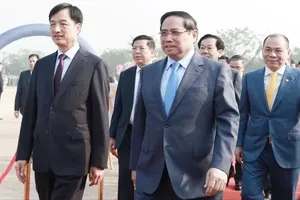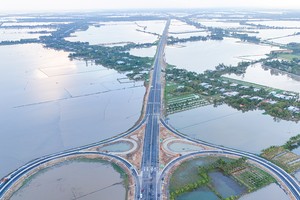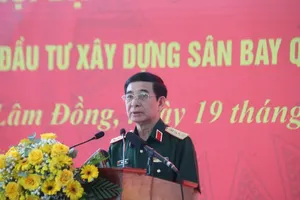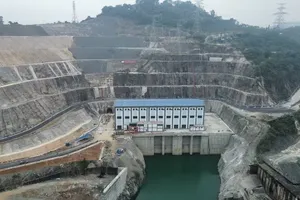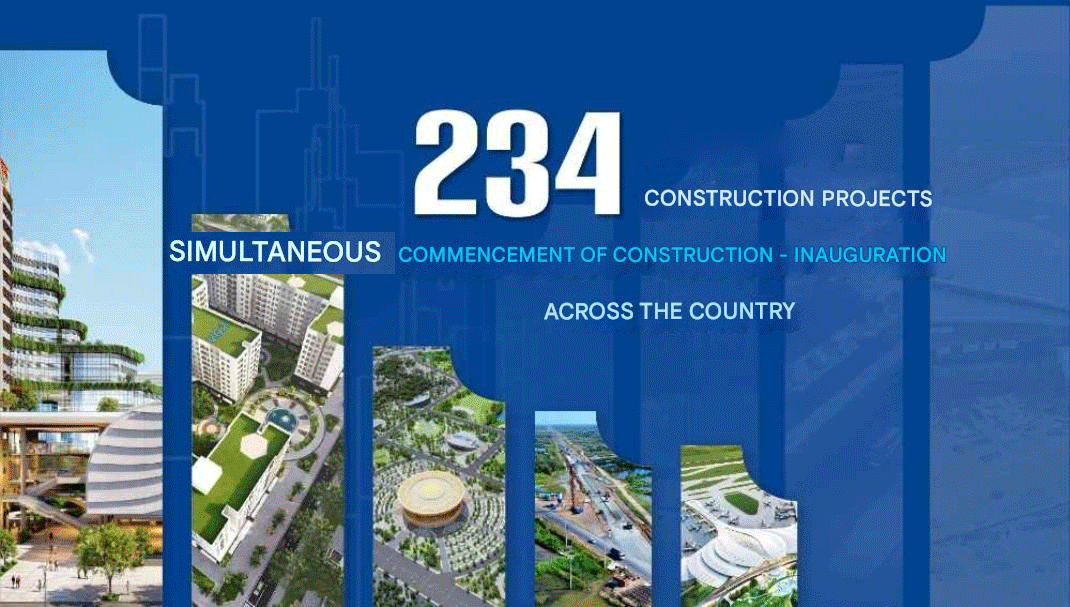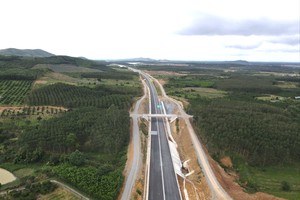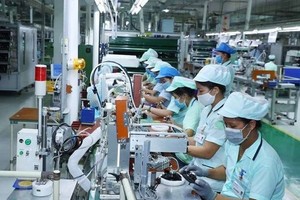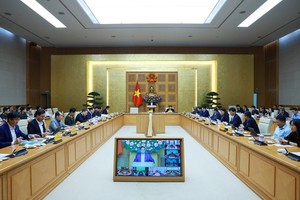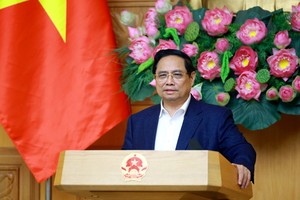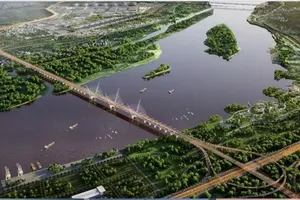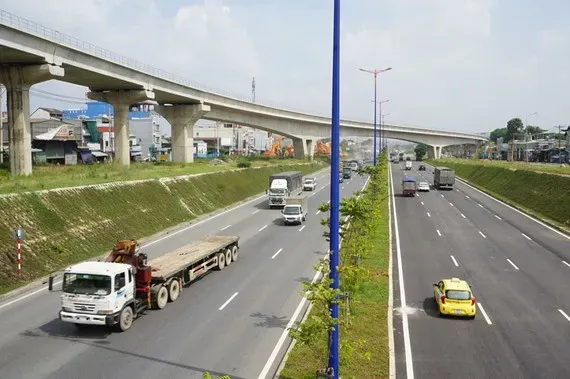
Developing and efficiently utilizing underground urban spaces is expected to help reduce pressure on surface infrastructure.
Although Hanoi’s urban infrastructure has grown significantly, the development and exploitation of underground space remain limited. So far, only urban complexes like Royal City, Time City, and a few high-rise developments have used underground areas for shopping centers and parking facilities.
Currently, Hanoi is constructing the Nhon–Hanoi Station metro line, with a 4-kilometer underground section from Kim Ma to Hanoi Station. On October 9, the city began work on Metro Line 2, running from Nam Thang Long to Tran Hung Dao, spanning 10.84 kilometers of which only 1.94 kilometers are elevated and the rest underground, connecting 10 stations to Hoan Kiem Lake.
According to Director Nguyen Cao Minh of the Hanoi Metro Project Management Board, Metro Line 2 is expected to be completed by 2030. Once operational, it will not only help reduce traffic congestion and improve the environment and quality of life but also serve as a symbolic project shaping a modern, dynamic, and sustainable capital. Experts have emphasized that developing underground urban spaces plays a crucial role in easing infrastructure pressure and central area overload. Hanoi is the first city in Vietnam to approve a “Master Plan for the Construction of Central Urban Underground Space until 2030 with a Vision to 2050.”
However, Hanoi has yet to fully tap its potential for underground development due to several factors, including a lack of planning data and inconsistencies in regulations and policies governing underground space use. To address these issues, the 2024 Capital Law introduced new provisions for managing, exploiting, and utilizing underground urban spaces especially in the central and historic inner-city areas to support static transportation, commercial services, public amenities, and cultural preservation.
Based on the 2024 Law on the Capital City, at its 25th session, the Hanoi People’s Council approved a resolution listing underground projects encouraged for investment and construction. The city will prioritize investment in underground facilities supporting urban railway development, including underground lines, stations, and related structures such as underground public facilities, parking lots, and basement access for commercial and service buildings, hotels, and restaurants.
This list includes investment projects for the construction of an underground urban railway network comprising eight lines totaling over 320 kilometers and 191 stations, 81.2 kilometers and 68 stations of which are underground. It also encompasses projects addressing urgent urban issues, such as encouraging investment in underpasses, underground roads, underground parking lots, and technical infrastructure facilities for energy supply and public lighting.
In total, the list features 85 projects, including five road underpasses, 78 underground parking facilities, and two underground public works. According to Vice Chairman of the Hanoi People's Committee Duong Duc Tuan, issuing this prioritized list marks a significant step forward in the city’s efforts to exploit and utilize underground space, backed by specific incentive policies and consistent legal frameworks. Furthermore, it concretizes the 2024 Law on the Capital City and the directives of the Politburo on developing Hanoi through 2030, with a vision toward 2045.
Vice Chairman of the Vietnam Urban Planning and Development Association Dao Ngoc Nghiem pointed out that underground space is one of the solutions for saving land resources, implementing the modern urban model, and creating a new appearance for Hanoi. Hanoi’s list of underground projects prioritized for investment and construction reflects a comprehensive focus on developing subterranean space to meet the city’s diverse needs from transportation and technical infrastructure to commerce, services, and public facilities.
The implementation of the Law on the Capital City and related regulations on underground space management will significantly contribute to solving urban traffic problems, effectively exploiting land resources, minimizing the impact of environmental pollution and creating efficiency in safety, security, and national defense.
